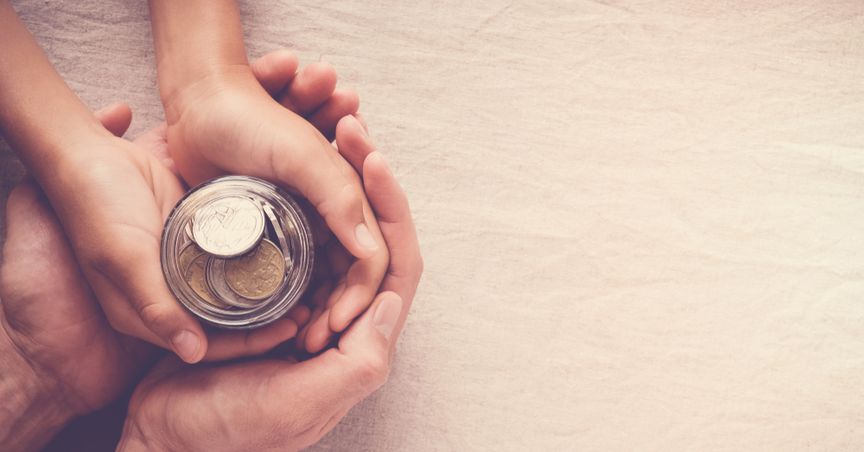Summary
- Junior individual savings accounts are tax-free, long-term children’s savings accounts.
- Neither capital gains nor income tax is applicable on a junior ISA.
- For the tax year 2021-22, the Junior ISA allowance is fixed at £9,000.
Known as Junior individual savings accounts (ISAs), these are tax-free, long-term children’s savings accounts. These can help you enrol your children early in the course for financial security. Since neither capital gains nor income tax is applicable to them, children would be able to save more of the sum.
For the tax year 2021-22, the Junior ISA allowance is £9,000, and it can be used till 5 April 2022. As soon as a child becomes 18, they would be eligible to access the money.
How to operate a Junior ISA?
An account can be opened right after a child is born, and you can start saving for your child’s future financial well-being. This account would be operational till their 18th birthday. However, unlike a normal savings account, any money kept in Junior ISA has a lock-in period, which is till the child’s 18th birthday.
Who can open a Junior ISA?
If your child is a resident of the UK, is under 18, and does not have a Child Trust Fund or a Junior Stocks and Shares ISA, he is eligible to have a Junior ISA. In case they have either of them, the funds have to be transferred instead.
A Junior ISA can be opened with anything as little as £25 or £100 each month.
Is there a Junior ISA allowance?
A parent can put a fixed sum of money in a Junior ISA account every tax year. How much can be put depends on the government’s announcement in the budget policy. The allowance is refreshed each tax year, running between 6th April to 5th April. But unused allowance will not be allowed to be carried over. So, the best way to maximise savings is to pay on 5th April before midnight.
The current allowance is at £9,000, meaning that it is the maximum one can save tax-free for their child in a tax year. For the tax year 2019-20, the allowance limit was set at £4,368.
Are options available in Junior ISA?
One can choose from two types of Junior ISAs.
- Junior Cash ISA: This functions like a simple cash savings account, and you do not have to pay tax on the interest received.
- Junior Stocks and Shares ISA: This is an investment account, and the money remains invested, and the profits made on investments are tax free.
Either or both of these accounts can be opted for. In the case of the latter, the allowance would be divided between the two accounts, but the account holder has the flexibility to decide how to use the money. One can choose to divide the total in half for cash and investments or put 60 per cent in cash and 40 per cent for investment.
Since Junior ISAs are a long-term savings option, several service providers offer competitive rates than those on normal savings accounts. Long-term investments generally give positive returns.
What if there is more than one child?
In case someone has more than one child, each of them is eligible individually for Junior ISA allowance. So, in the tax year 2020-21, one can invest or save till £9,000 for each child.




